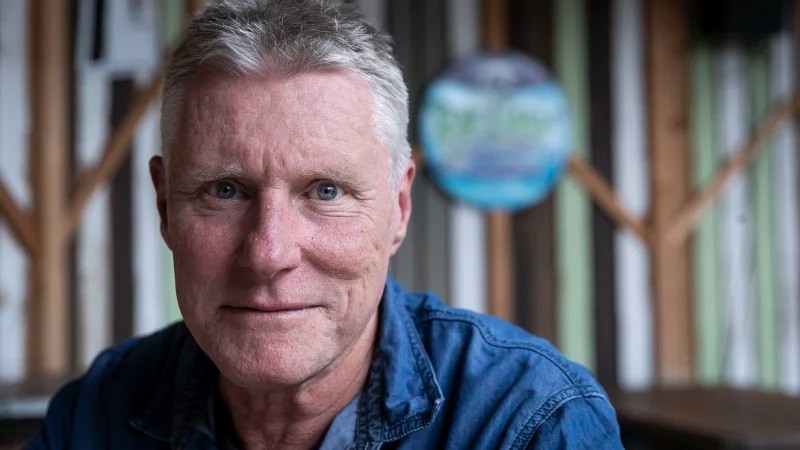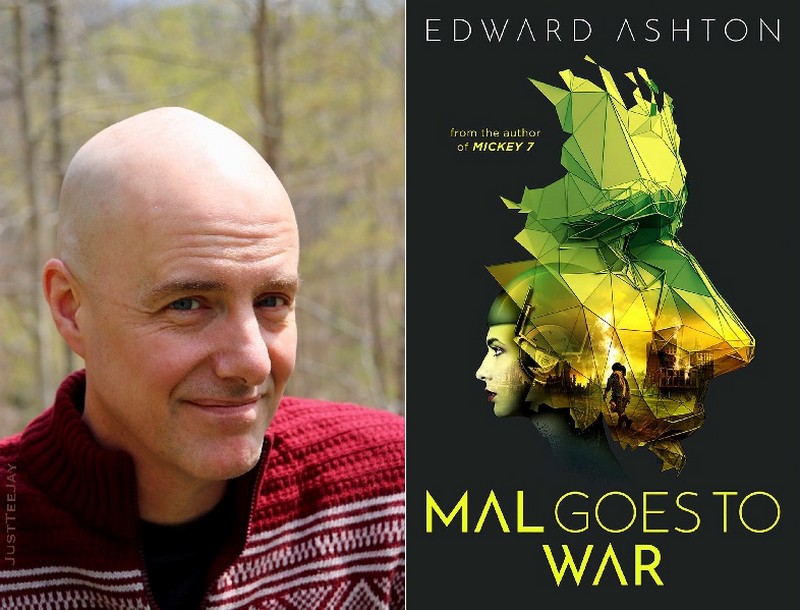 TC Boyle, the author of Outside Looking In and The Terranauts continues to zig and zag when other authors just stay in their comfort zones. Talk to Me is his 18th novel, and while some of its themes and character types are familiar from Boyle’s earlier works, the subject matter is new and the depth of research and empathy bring the story to life.
TC Boyle, the author of Outside Looking In and The Terranauts continues to zig and zag when other authors just stay in their comfort zones. Talk to Me is his 18th novel, and while some of its themes and character types are familiar from Boyle’s earlier works, the subject matter is new and the depth of research and empathy bring the story to life.
The centre of Talk to Me is an experiment in primate communication: can chimpanzees learn to talk to humans, and essentially become human themselves? Psychological experiments involving primates were popular in the 1960s and 1970s, and there are a number of memoirs by people who participated in these types of experiments, such as Herbert S Terrance’s Nim: A Chimpanzee Who Learnt Sign Language. And it is a situation ripe for fictional exploration, as Karen Joy Fowler demonstrated in her award-winning 2013 novel We Are All Completely Beside Ourselves.
Talk to Me opens in 1978 (per a musical cue in the third sentence). Aimee is a college student looking for a purpose when she sees something life-changing. A professor appears on a game show with a chimpanzee called Sam, who he is teaching to communicate with sign language. Aimee becomes obsessed by the idea of talking to Sam:
… what if it really was possible to talk to the members of another species – to converse with them, not just give commands or coach them in the way people coached parrots to regurgitate what they’d been taught to say?… It would be two-way conversation, a sharing of thoughts on the deepest level. People talked about life on other planets but this was right here in front of us, a whole other consciousness just waiting to be unlocked.
And just to prove that point, Boyle provides Sam’s point of view in every second chapter. But Sam’s narrative is not happening at the same time as Aimee’s. While Aimee’s narrative will eventually catch up, it is clear that Sam is imprisoned somewhere:
Where was he? Where was his bedroom, where was his house and his BED and his TREE? Where was she and why had she allowed them to bring him here?
It turns out that the professor who Aimee had seen on TV, Guy Schemerhorn, is based on Aimee’s campus and , Aimee jumps at the opportunity to help with his work with Sam. When she arrives at the off-campus ranch where Guy is raising Sam, Aimee and the chimpanzee bond immediately.
She seemed to have an instant connection with him, an empathetic transference, as if she saw him as a child, a human child and not simply a lab animal in a psychology experiment. And Sam responded in kind …
It is this tension that underlies much of the narrative. The fact that for Guy, Sam is part of an academic pursuit, whereas Aimee sees Sam as something more than just an experiment. At the same time, Sam sees himself as a human to the point that, when he is imprisoned, he does not immediately recognise his fellow chimpanzees as members of his own species (calling them BLACK BUGS). This is a phenomenon that comes straight out of the literature of the time:
When he came to pictures of chimps, [Sam] placed them with the pictures of gorillas, orangs and monkeys, as if he were a primatologist himself – until he came to his own photo, that is. He would pick it up, extend his lips as if to kiss it, then grin at her as if the joke was on him and place it, invariably, among the photos of people.
But it is not just this tension that Boyle explores. From their first appearance on television in the opening chapter, Guy is constantly trying to get Sam into the popular media to gain attention and, hopefully, funding. All this research costs money, and when the money runs out, as it inevitably does, the research ends and other uses have to be found for the chimpanzees. But even through this process, Guy is sensitive to the ill treatment of the chimpanzees who became ‘TV stars’, and Boyle includes the cautionary (and true) tale of J Fred Muggs, a chimpanzee who became a star in the 1950s until he became too powerful and uncontrollable.
It turns out that Sam does not belong to Guy in any sense. Rather he has been loaned as part of a broader multi-campus range of experiments being overseen by Guy’s supervisor, Dr Moncrieff. It is not hard to see where Boyle’s sympathies lie as Moncrieff is the closest the novel gets to a caricature. Moncrieff is a large, overbearing bully with an eye patch who only sees the chimpanzees as either breeders or candidates for medical research. Moncrieff’s farm is portrayed as a chimpanzee prison camp.
There is plenty to unpack in Talk to Me. The subject matter leads Boyle from psychological experiments involving primates to the history of more invasive and harmful experimentation on animals of all types. He considers questions of what makes us human and what differentiates us from other species, what we might do if we could understand what those creatures are saying, and also what we owe other species in terms of care and dignity. He even dips his toe into what chimpanzees might think of human religion. The tragedy for Aimee is that while she knows Sam is a chimpanzee, she still needs to control his natural reactions and no matter how hard she tries, he will revert to those behaviours.
Talk to Me shows that TC Boyle still has plenty to say, and he gives readers plenty to chew on here – the history of experimentation involving chimpanzees and the ethical and moral conundrums implicit in it. But he does so through another engaging tale of two very flawed but very human characters – Aimee and Guy, who for the most part are trying to do their best and be true to themselves – and a third central character, Sam, who, no matter how hard he tries, can never be anything but true to himself.
This review first appeared in Newtown Review of Books.
Robert Goodman
For more of Robert’s reviews, visit his blog Pile By the Bed
Other reviews you might enjoy:
- Blue Skies (TC Boyle)
- Happiness Falls (Angie Kim) – book review
- Psalms for the End of the World (Cole Haddon) – book review

Robert Goodman is a book reviewer, former Ned Kelly Awards judge and institutionalised public servant based in Sydney. This and over 450 more book reviews can be found on his website Pile By the Bed.





